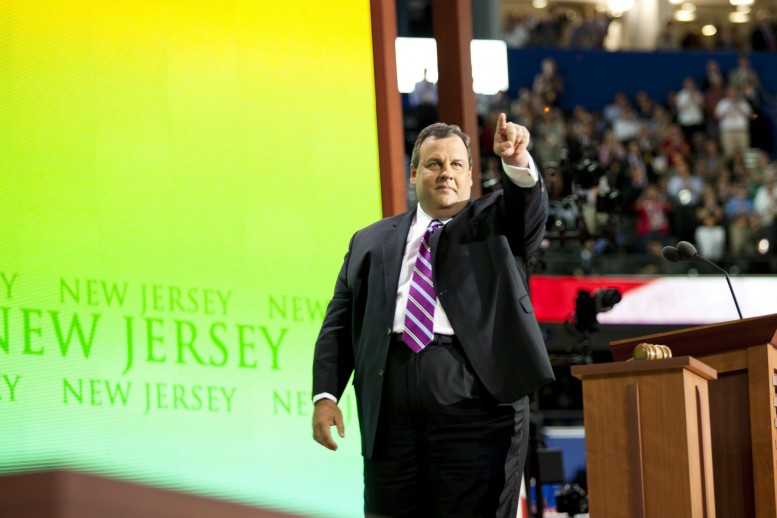2016 was a year in which so much changed in the Garden State’s transportation outlook. We’ll never be able to adequately summarize what’s transpired related to transportation in New Jersey over the last year, but there were certainly a few things that stood out.
The Good
In 2016, New Jersey’s gas tax finally got the boost it needed. On October 7, the state legislature approved a bill to increase the state’s gas tax — not touched since 1988 and until recently the lowest in the lower 48 states — by 23 cents, making it comparable with other states in the northeast. Governor Christie signed the measure a week later, breathing life once again back into the bankrupt Transportation Trust Fund.
To make sure new revenues from the increased gas tax go where it was always intended — the state’s Transportation Trust Fund — voters passed Question 2, a referendum which amends the constitution so that all gas tax revenue, not just 10.5 cents per gallon, as the law had been written, is spent on transportation. If Question 2 had not passed, most of the state’s gas tax revenue would be at risk of being diverted to the state’s general fund.
The Bad
The road to replenishing the bankrupt Transportation Trust Fund and ending the stalemate in Trenton wasn’t paved in gold. It was so bumpy in fact, that you might have mistaken it for the pothole-riddled Palisades Parkway. And the reason comes down to this: Governor Christie never made transportation a priority. But this year, Christie seemed to learn how to multi-task, and finally gave transportation the attention it deserved. That’s not to say it was a job well done. The governor used transportation as a game piece to play out his personal political agenda and only after insisting on so-called “tax fairness” did he ever seriously consider negotiating a gas tax increase. And when the governor and legislative leaders failed to reach an agreement to keep the TTF solvent, Christie issued an executive order ceasing all state funding transportation projects.
The Ugly
Things got pretty ugly for NJ Transit in 2016. After Executive Director Ronnie Hakim left in late 2015, the agency chugged along without any stable leadership for most of the year. Then a train crashed through a wall at Hoboken Terminal, and nothing has been the same ever since.
In the wake of that fatal crash, NJ Transit’s many funding woes quickly bubbled up to the surface especially the effects on safety. The issue of the delayed implementation of Positive Train Control (PTC) took center stage when experts and elected officials began to question if the fatal crash was preventable had the safety mechanism been installed. Turns out, NJT paid more in fines for safety violations than any other commuter railroad and has a significantly higher crash rate than the rest of the nation’s 10 largest commuter railroads. The New York Times featured the agency as a national example of every way not to run a transit agency.
But perhaps the biggest eye opener came when the state legislature began to delve even deeper into NJ Transit’s budget practices during a series of special Joint Legislative Oversight Committee hearings. The lack of dedicated funding, hefty capital-to-operating transfers and an over-reliance on passenger fares to keep the agency afloat has cost NJ Transit dearly. The continued instability has been so troubling, a long standing board member and vice chairman stepped down, citing the agency’s funding problems as a primary source of his frustrations.
It’s safe to say 2016 was pretty ugly… and we haven’t even mentioned the Bridgegate trial or the presidential election.

